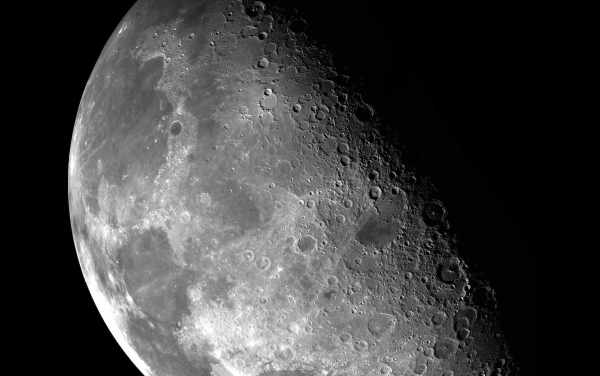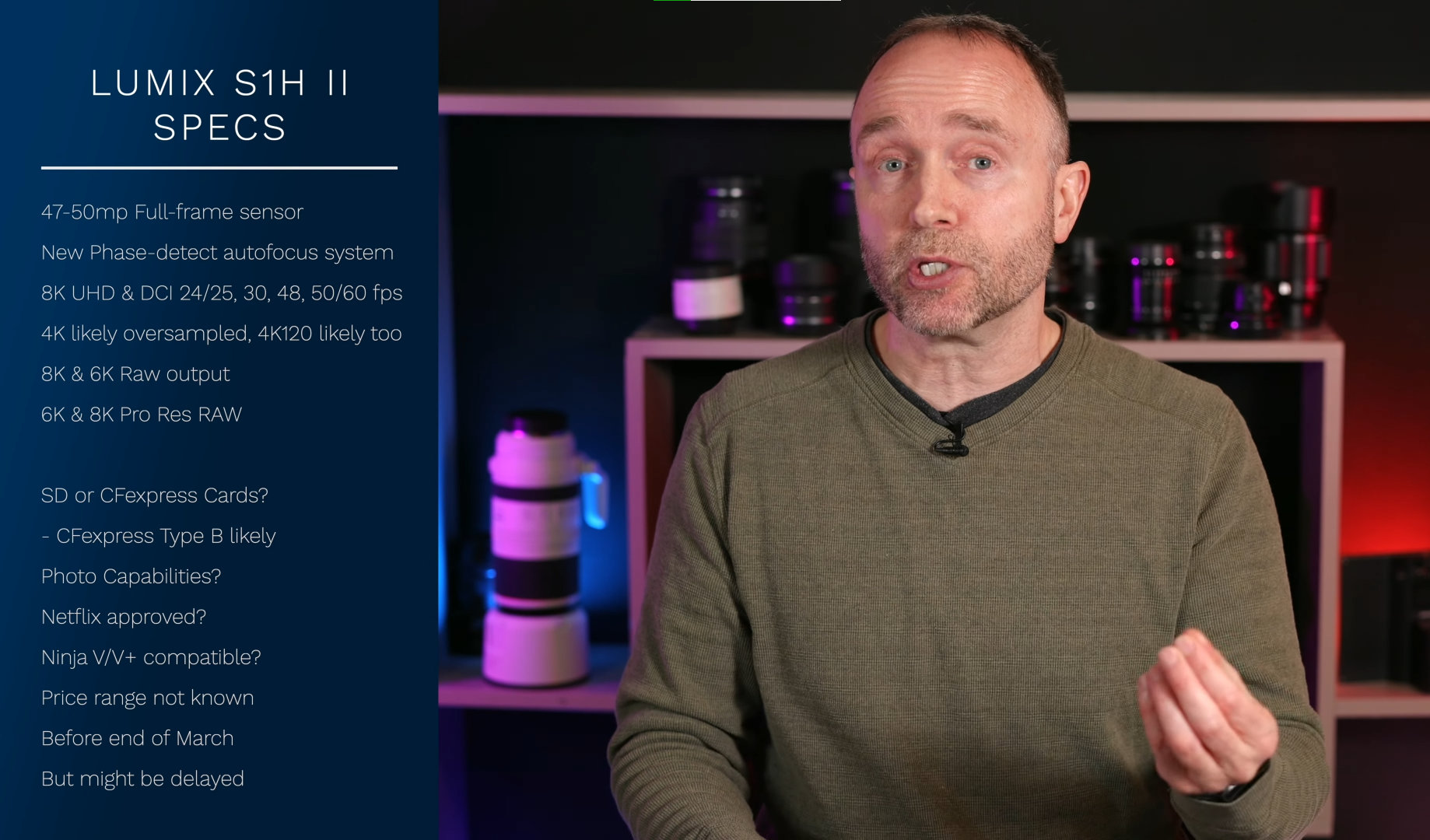[13:32 Mon,13.March 2023 by Rudi Schmidts] |
This is another way AI is finding its way into minds. Because only tech media around the world reported in the last three days about the "fake pictures" of the moon, which were shot with a Samsung smartphone. This topic of computational photography is nothing new for slashCAM readers, but the shitstorm grew so much on the Internet that Samsung felt compelled to make an immediate statement: The moon would not be replaced by the image optimization at all. Instead, an AI would add previously known features to a known object. Which, of course, amounts to the same thing in the end. Basically, in our eyes, it depends on what the user ultimately expects when he takes such a photo. A perfect image of the moon? Or a realistic representation of the optical and signal-electronic weaknesses of his camera? We strongly suspect the former, which is why the optimization is not a real upset in our eyes in this case. However, when it comes to faces of family members, one may certainly take a more differentiated expectation of the user as a basis. In any case, it would be more honest if Samsung first offered the optimization as an option in the post, i.e. when viewing in the photo album. However, users would then also see how poor the smartphone picture is without optimization in principle. Which neither Samsung nor perhaps the majority of users should have any interest in.  What remains problematic, of course, is computational photography in documentary use. Here, a real image should always be guaranteed. And perhaps camera tests like deutsche Version dieser Seite: Aufregung um Samsungs Bildoptimierung bei Mondaufnahmen |





